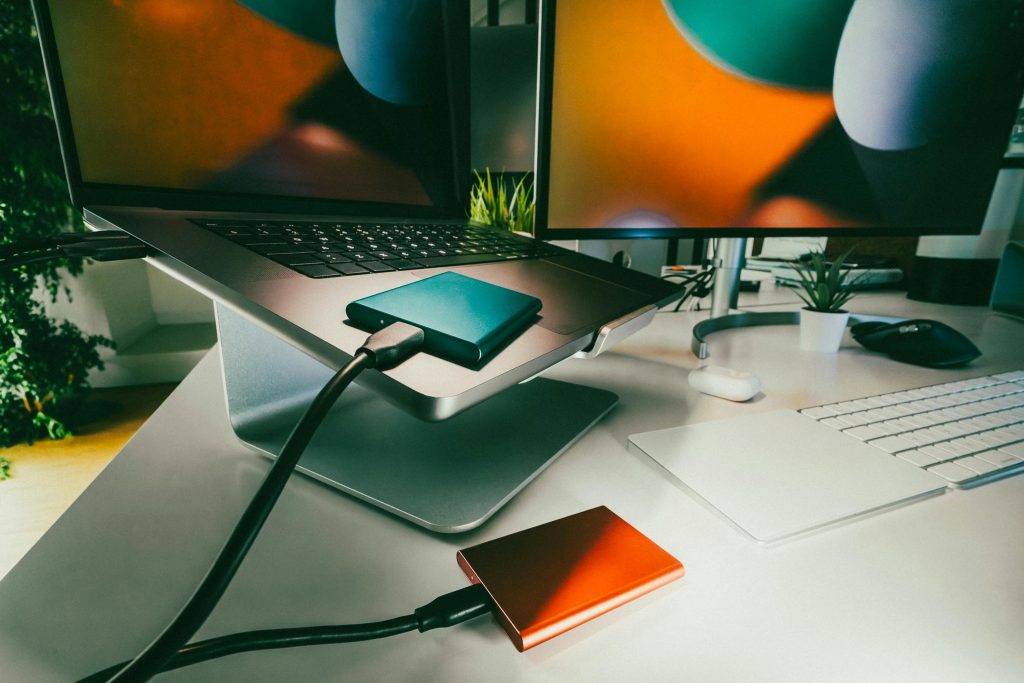Navigating the Dangers of Online Interactions: A Cautionary Tale
In the digital age, our online presence often blurs the lines between personal privacy and public exposure. A distressing experience shared by an individual serves as a stark reminder of the potential pitfalls of virtual interactions.
The story begins innocently enough with a seemingly harmless message from a captivating individual on a dating platform. Eager to explore a connection, they engaged in a Skype conversation that took an unexpected and troubling turn. Unfortunately, what started as an innocent exchange quickly spiraled into a nightmare when the other party threatened to share intimate footage with the individual’s Facebook contacts.
Despite the user’s meticulous attention to privacy settings—everything was locked down and secure—the situation took an alarming twist. They were left grappling with how someone seemingly managed to uncover their personal information, including direct messages sent to friends on social media.
Faced with screenshots of the alleged threats, the user acted swiftly, blocking the individual on Skype in a desperate attempt to prevent further exploitation. They combed through every setting and security feature, convinced that their meticulous safeguards—unique passwords for each account, fully private profiles, and the inability to locate their own information through incognito browsing—should have provided sufficient protection.
The anxiety and fear associated with the possibility of being doxxed, or having personal information publicly shared, are palpable. The sense of violation that accompanies such incidents is profound and can leave individuals feeling as though their lives are irrevocably altered.
This cautionary tale emphasizes the importance of vigilance in online interactions. It serves as a reminder to take additional precautions—beyond basic privacy settings—when engaging with others in the digital landscape. Always be mindful of who you’re interacting with and consider the potential repercussions of sharing personal information or engaging in private conversations.
If you find yourself in a similar situation, it’s crucial to leverage available resources—consider speaking to trusted friends, seeking legal advice, or reaching out to support organizations dedicated to helping those affected by online harassment.
In conclusion, while the internet can serve as a platform for connection and friendship, it also harbors risks that require awareness and proactive measures. Protect your privacy fiercely and always prioritize your safety in your online engagements.
Share this content:




Hello, thank you for sharing your concern. When privacy settings on social media platforms like Facebook are properly configured, your content should generally remain private. However, some key points to consider include:
If you suspect someone has recorded or shared your private content without consent, consider reporting the incident to Facebook through their Help Center. Additionally, document any threats or evidence and consult legal counsel if necessary.
Remember, maintaining a high level of privacy online involves